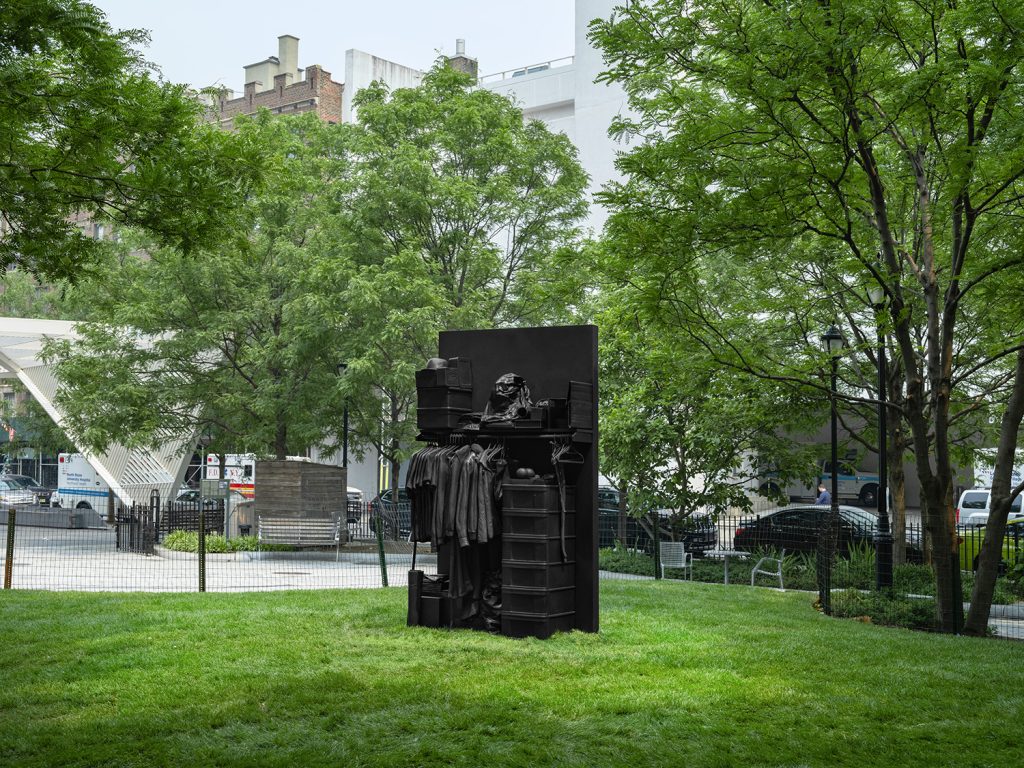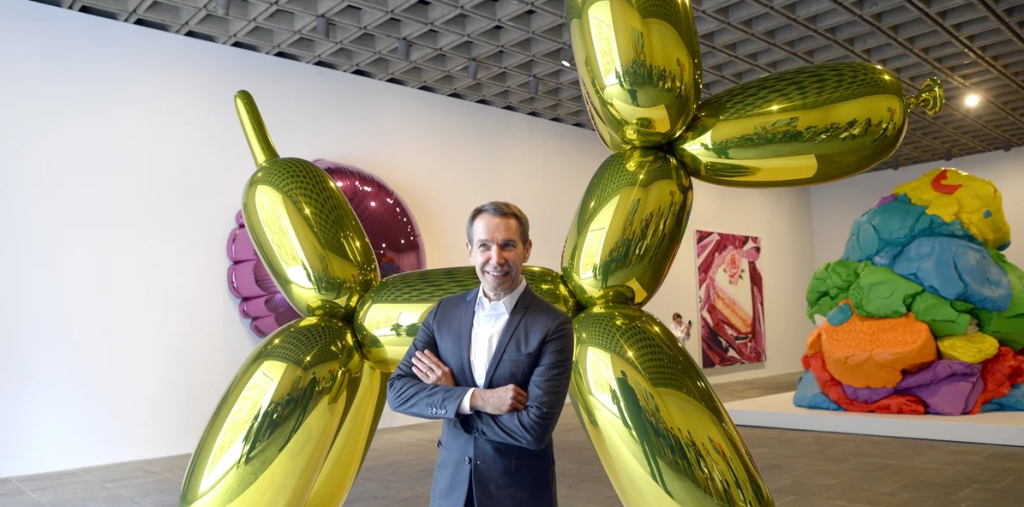The Essence of Contemplation: Unpacking Rodin’s ‘The Thinker’
Auguste Rodin’s ‘The Thinker’ stands as an emblem of deep thought and intellectual contemplation. Created in the late 19th century, this iconic sculpture resonates with audiences globally, representing the universal human experience of pondering life’s most profound questions. In a fast-paced world, understanding such symbols of introspection can help us appreciate the art of reflection.
The Symbolism Behind ‘The Thinker’
‘The Thinker’ is more than just a figure lost in thought; it symbolizes creativity, philosophy, and the human condition. Originally conceived as part of Rodin’s larger work, ‘The Gates of Hell,’ the sculpture was intended to represent Dante Alighieri, contemplating the eternal struggle souls face in the afterlife. The figure’s pose—leaning forward with intense concentration—captures a moment of critical reflection, inviting viewers to consider their own thoughts and the weight of their decisions. This powerful imagery encourages us to engage more thoughtfully with our own lives and the ideas that shape them.
The Artistic Techniques of Rodin
Rodin’s mastery of form and texture is evident in ‘The Thinker.’ By employing a technique known as sculptural modeling, he created a lifelike quality that draws viewers in. The exaggerated muscle tone and details of the figure’s hands and face convey emotions of tension and deep thought. This realism contrasts with the often abstract forms of modern sculpture, making Rodin’s work timeless. His innovative use of materials, primarily bronze, allows for intricate details that speak to the complexity of human emotion. Understanding these techniques enriches our appreciation for Rodin’s skill and the work’s enduring impact.
The Cultural Impact of ‘The Thinker’
Since its creation, ‘The Thinker’ has transcended its artistic roots, influencing literature, philosophy, and popular culture. It has become a symbol of intellectualism and contemplation, appearing in various forms, from academic discourse to modern advertisements. The statue prompts discussions about the importance of thinking critically in today’s society. Moreover, its presence in public spaces invites everyday people to pause and reflect on their own lives, showcasing art’s ability to inspire dialogue and self-examination. By engaging with ‘The Thinker,’ we are reminded of the value of deeper contemplation in an age dominated by distractions.
In conclusion, Rodin’s ‘The Thinker‘ remains a powerful reminder of the importance of reflection in our lives. This iconic sculpture invites us to explore our thoughts and engage critically with the world around us. To dive deeper into Rodin’s work and the art of contemplation, consider visiting a local museum or exploring books on art history. Engaging with such masterpieces can provide valuable insights and inspire a more thoughtful approach to life.


